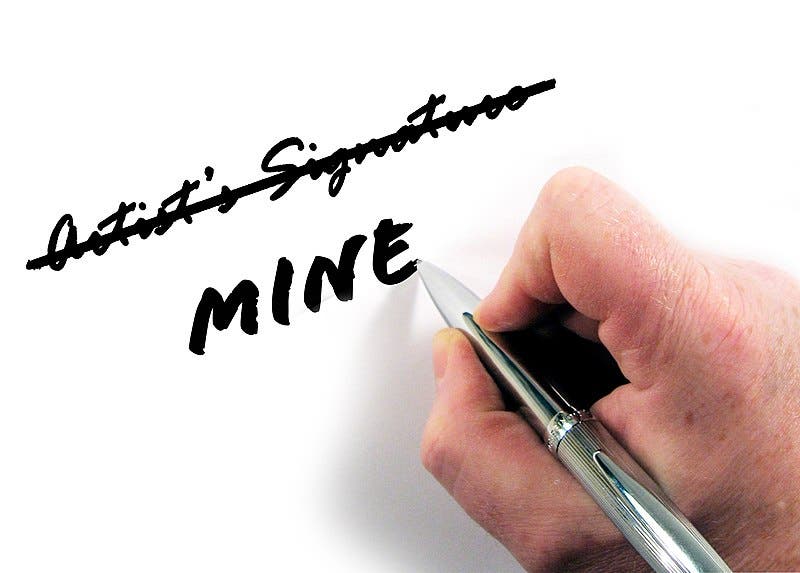
Prior to the invention of the internet, plagiarism was a task almost as labor-intensive as producing original work. The person analyzing the written work would have to scour libraries for relevant works and then carefully select, cut, paste, and modify passages of interest. Now, students who barely know how to write an assignment can get passing grades with literally no work simply by accessing paid essay services that are so ubiquitous online. Schools and universities have also adapted, but have struggled to keep up with ever more ingenious ways of cheating.
What to do? Of course, it’s time to use artificial intelligence — after all, that’s what everybody seems to be turning to now when faced with any problem.
And it seems like good business too — a $1.735 billion business, in fact. That’s how much Advance — a huge media and tech company that, among other things, owns Conde Nast — paid to purchase Turnitin.
Turnitin offers various AI-assisted tools in the edu-space, from automated grading to machine learning-enabled student feedback. One of its most important platforms, however, deals with plagiarism detection.
The platform, called the Authorship Investigate tool, is meant to assist high school and university educators spot at-risk students in order to check papers for plagiarism and devising remediation plans. According to Turnitin, the company’s research is trying to replicate the ‘gut feeling’ a marker gets when they suspect a student is cheating.
In a recent study, Authorship Investigate was able to detect 59% of all cheating cases. The machine learning software used sentence complexity, sentence length, and other stylometrics, as well as document information such as date created and last modified, in order to detect cheats. Without AI, markers were only able to detect 48% of cheating instances.
“Whilst Authorship Investigate was in early stages of development when this study was conducted, we’re pleased to see the value of the tool in the detection process, in bringing together all submissions made by a student and allowing rapid scanning of key points of evidence,” adds Turnitin principal product manager Mark Ricksen.
Like all arms races, however, AI can also be used to enhance cheating. For instance, there’s OpenAI’s GPT-2 algorithm, which is so powerful it can generate convincingly human texts starting from a few simple keywords. In one study, GPT-2 generated articles that were almost as convincing as genuine New York Times articles (72% of respondents rated the GPT-2 samples as “credible” compared to 83% for the New York Times).
So, like most other things, AI can be used by both sides of the playing field. Perhaps the most effective way to tackle cheating in schools is to have students understand that taking shortcuts in their education will ultimately hurt them in the long-term. But that’s easier said than done in our modern quick-fix society.






